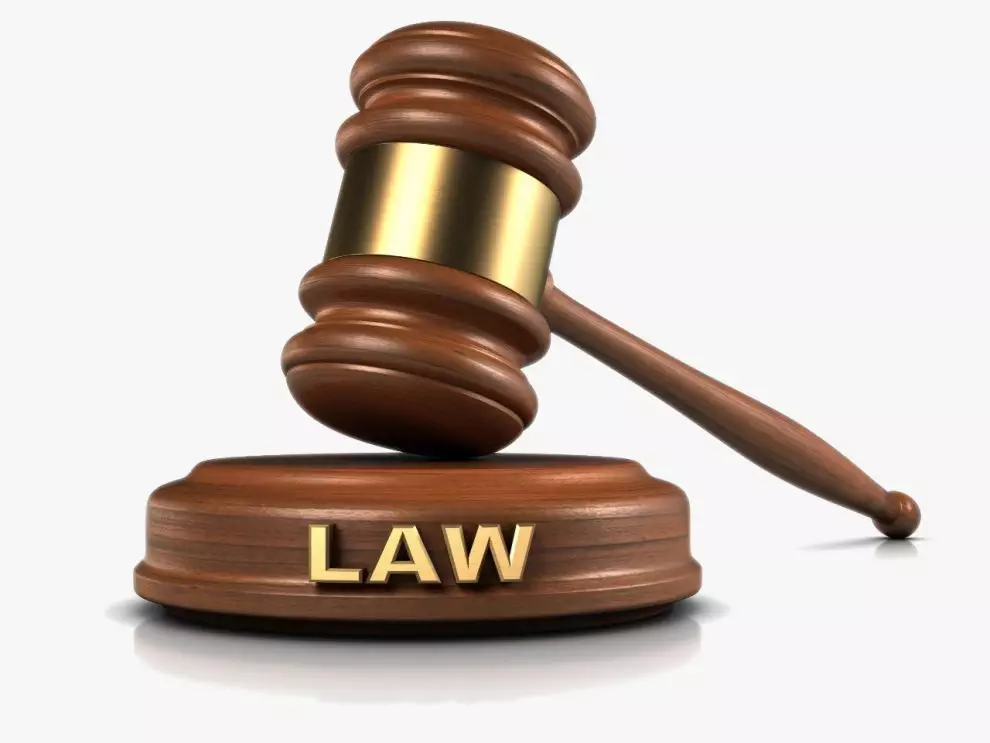
Qs. What was the need for new Bankruptcy and Insolvency Code?
Ans. India ranks 136th among 190 countries in resolving insolvency parameters due to low recovery rate (26% )and time-consuming insolvency process (nearly 4 1/2 years)(2017) which is quite low as compared to even South Asia. The existing laws for dealing with the subject are:
(a) The Companies Act, 1986
(b) The Companies Act, 2013
(c) Recovery of Debt due to Bank and Financial Institutions, 1993
(d) SARFESI Act, 2002
(e) SICA, 1985
(f) The Presidency Town Insolvency Act, 1902
(g) The Provincial Insolvency Act, 1920
(h) Strategic Debt Restructuring
All these are amalgamated under the New Act.
PREAMBLE OF THE ACT
An Act to consolidate and amend the laws relating to reorganization and insolvency resolution of corporate persons, partnership firms and individuals in a time bound manner for maximization of value of assets of such persons, to promote entrepreneurship, availability of credit and balance the interests of all the stakeholders including alteration in the order of priority of payment of Government dues and to establish an Insolvency and Bankruptcy Board of India, and for matters connected therewith or incidental thereto.

Qs. What is the extent of the Code?
Ans. It extends to the whole of India: Provided that Part III of this Code shall not extend to the State of Jammu and Kashmir.

Qs. On whom the provision of this Code apply?
Ans. The provisions of this Code shall apply to—
(a) any company incorporated under the Companies Act, 2013 or under any previous company law;
(b) any other company governed by any special Act for the time being in force, except in so far as the said provisions are inconsistent with the provisions of such special Act;
(c) any Limited Liability Partnership incorporated under the Limited Liability Partnership Act, 2008;
(d) such other body incorporated under any law for the time being in force, as the Central Government may, by notification, specify in this behalf; and
(e) partnership firms and individuals, in relation to their insolvency, liquidation, voluntary liquidation or bankruptcy, as the case may be.
Qs. What does Claim means?
Ans. “claim” means—
(a) a right to payment, whether or not such right is reduced to judgment, fixed, disputed, undisputed, legal, equitable, secured or unsecured;
(b) right to remedy for breach of contract under any law for the time being in force, if such breach gives rise to a right to payment, whether or not such right is reduced to judgment, fixed, matured, unmatured, disputed, undisputed, secured or unsecured;
Qs. What is the meaning of Corporate Person, Person and Person resident in India under this Code?
Ans. “corporate person” means a company as defined in clause (20 ) of section 2 of the Companies Act, 2013, a limited liability partnership, as defined in clause (n ) of sub-section (1 ) of section 2 of the Limited Liability Partnership Act, 2008, or any other person incorporated with limited liability under any law for the time being in force but shall not include any financial service provider;
“Person” includes—
(a) an individual;
(b) a Hindu Undivided Family;
(c) a company;
(d) a trust;
(e) a partnership;
(f) a limited liability partnership; and
(g) any other entity established under a statute, and includes a person resident outside India;
“Person resident in India” shall have the meaning as assigned to such term in clause (v ) of section 2 of the Foreign Exchange Management Act, 1999;
Qs. Part II of the Act applies to?
Ans. It applies to the insolvency and liquidation of the corporate debtors with a minimum amount of default up to INR One Lakh.
|
PART OF THE ACT |
BANKRUPTCY & INSOLVENCY PROCESS OF |
|
Part II |
Corporate [Section 4 to 77 of the Code] |
|
Part III |
Partnership Firm [Section 78 to 187 of the Code] |
Qs. Who can initiate corporate insolvency process under Part II of the Code?
Ans. The following can initiate the corporate insolvency for a defaulter under chapter 2:
(a) Financial Creditor
(b) Operational Creditor
(c) Corporate debtor
An individual financial creditor can on his own or jointly with other creditors too can initiate the insolvency proceedings.
Qs. What is the process for commencing the Corporate Insolvency under the Code?
Ans. The process is mentioned below:

© Indian Law Watch
REFERENCES
1. Gazette Notification of the Insolvency and Bankruptcy Code, 2016
We are updating the page further












